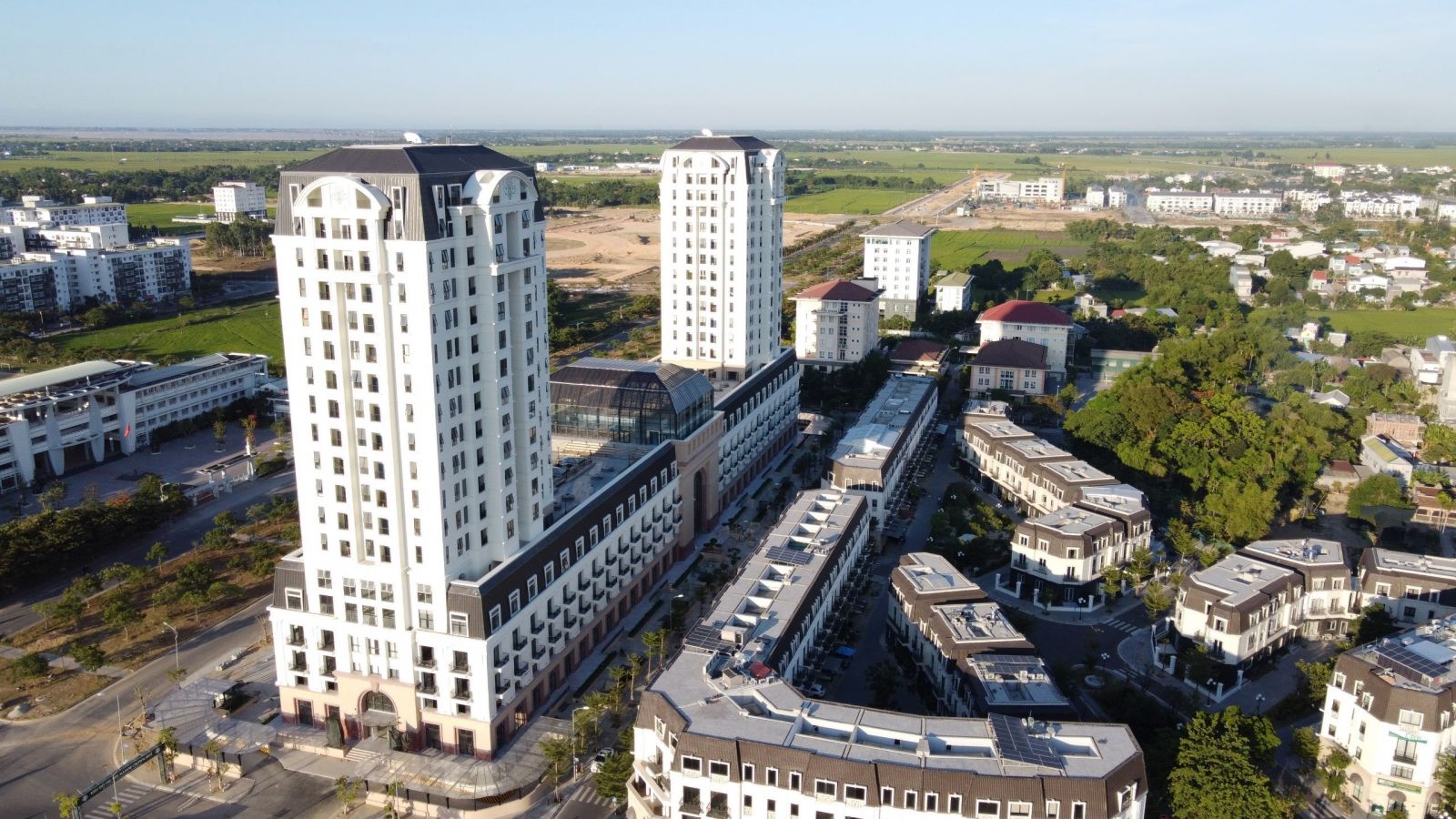The workshop was attended by a large number of architects and representatives of relevant departments and sectors.

The architecture of the Central region nowadays applies scientific achievements in the use of technologies and materials for the new architecture aiming towards integration and development.
According to the Director of the National Architecture Institute, Mr. Do Thanh Tung, the Central region has 18 provinces and one city directly under the Central Government, divided into three sub-regions. The architecture of the Central region has a number of characteristics such as ethnicity, simple, modest, gentle and generous architecture, and closely combined with the landscape.
In addition, the architecture of the Central region has a harmonious and symmetrical layout, with beautiful eye-catching and rich folklore colors, and mainly using local materials. With the speed of urbanization, and increasingly modern technologies, the need to serve people is higher and higher, requiring better and better quality.
Therefore, the architecture of the Central region nowadays needs suitable changes; however, it must inherit the existing traditional elements, applying scientific achievements in using technologies and materials for the new architecture, aiming towards the integration and development.
At the workshop, the delegates also listened to the architects' presentations on the overview of (urban and rural) traditional architecture in the Central region of Vietnam; elements forming and creating the characteristics of the architecture of the Central region; the use of techniques, technologies and materials for the new architecture, orienting the development of the Central region architecture in the direction of modernity and identity; the current legal document system on the management and development of the traditional architecture.
The Director of the National Architecture Institute said that the workshop would help to raise the awareness, create management tools and legal bases, create the common sense, common awareness of the whole society about architecture, so as to create beautiful architectural complexes, and improve the value of the buildings. The workshop aims to develop the architecture not only in one locality, but also for the whole region, creating a new interest in the field of architecture for urban and rural development.
Story and photo: Ha Nguyen